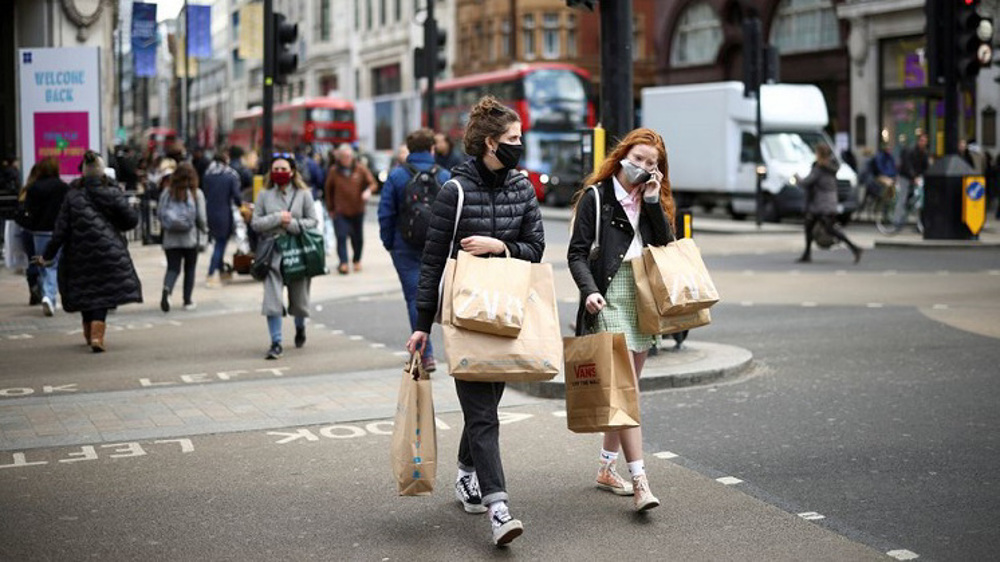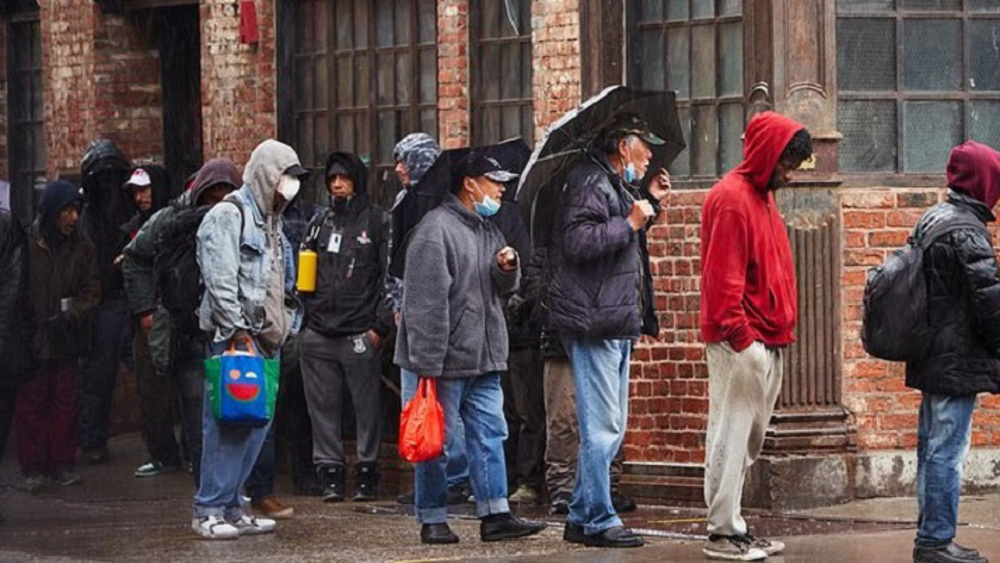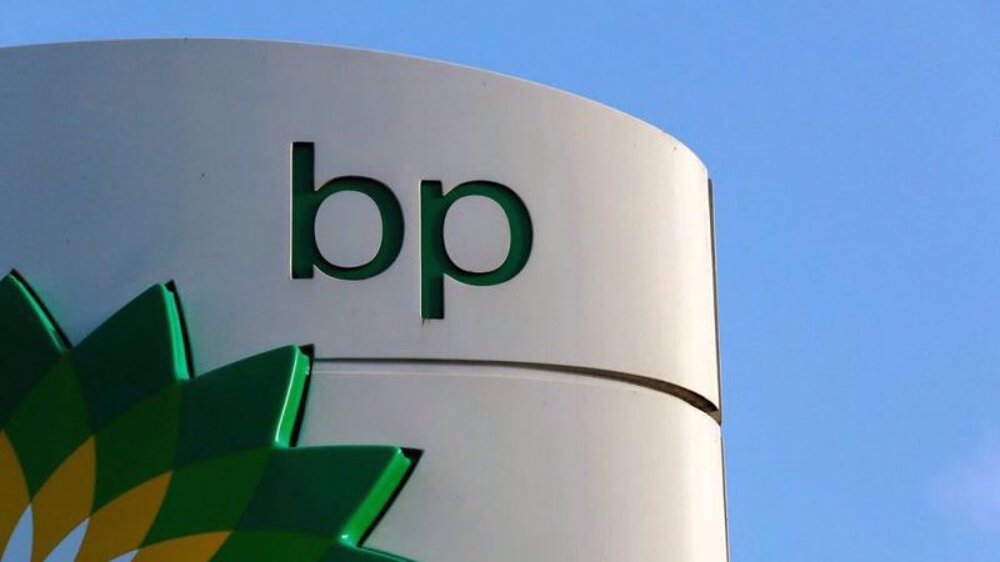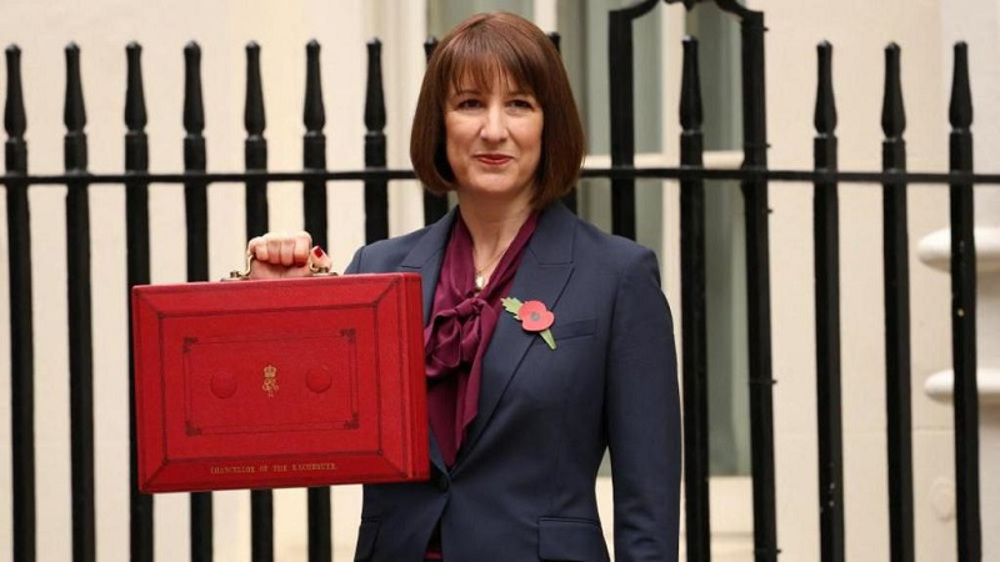Low-income, well-off Britons face similar inflation rates, data shows
All Britons, including both low- and high-income households, have experienced “similar annual inflation rates” since 2014 despite different spending patterns, a new study has found.
An analysis published by the Office for National Statistics (ONS) on Friday suggested that low-income households had in December experienced an annual consumer price inflation of 5.3 percent, while well-off households faced the negligibly different inflation rate of 5.5 percent, reflecting their greater spending on transport.
According to the ONS figures, the average rate of inflation hit the highest level in December after nearly three decades, registering 5.4 percent.
The inflation was fueled by price gains for food, with costs also increasing for restaurants and hotels, furniture and household goods, and clothing and footwear, according to the data.
Household finances are being squeezed across the board as there have been staggering increases in gas and electricity tariffs, with the Bank of England projecting inflation to hit 6 percent in April this year.
The development comes as a slew of reports show that the UK’s economy is heading into a challenging spring, with a strong increase in consumer prices badly affecting household disposable incomes and weakening consumer confidence.
Suren Thiru of the British Chambers of Commerce (BCC) said earlier this month that the British economy was likely to contract in the first months of this year as the message to work from home and avoid large gatherings had had an impact on sales.
“The UK economy is starting 2022 facing some key challenges. The renewed reluctance among consumers to spend and staff shortages triggered by Omicron and plan B may mean that the UK economy contracts in the near term, particularly if more restrictions are needed,” added Thiru, referring to the government’s mishandling of COVID-19.
Hezbollah to continue on Nasrallah’s path: Sheikh Qassem
Resistance will continue until ultimate goal achieved, Leader warns enemy
Israel strikes south Lebanon on Nasrallah’s funeral day, heightening tensions
Trump wants return on Ukraine aid: ‘We’re getting our money back’
The world’s longest tunnel between Iran and Qatar
Lebanese woman who defied ban to raise Nasrallah's photo at Beirut Airport speaks out
Iran reaffirms support for Lebanon, resistance amid Hezbollah leaders’ funeral
Spain, Norway condemn Trump’s scheme to expel Palestinians from Gaza











 This makes it easy to access the Press TV website
This makes it easy to access the Press TV website